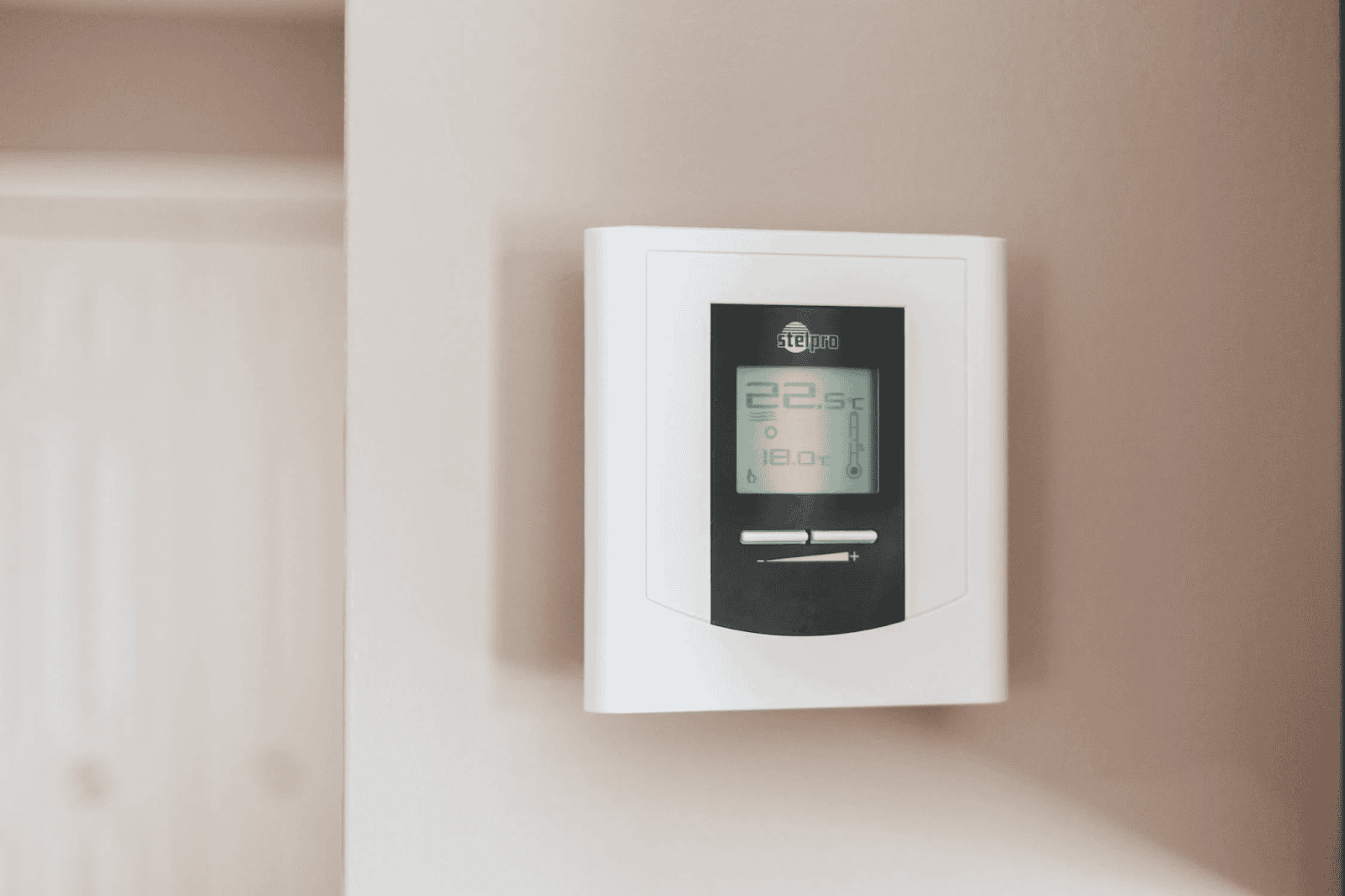Achieving the best HVAC settings for each season is all about mastering how to tune your unit’s thermostat to the right temperature. Once achieved, the right temperature settings can keep your home cozy while saving energy costs. You can save up to hundreds of dollars yearly with the right thermostat settings for each weather season, without sacrificing warmth. The good news is you don’t need any special training to master optimizing your thermostat. Below, we’ll look at some of the best HVAC settings for each weather season to enjoy perfect temperatures without raising costs.
The Best HVAC Settings for Winter
The ideal thermostat setting for winter should be around 680 F for the period you’re at home and about 650 F for when you’re away or asleep. Even with your thermostat set at 680 F, you might still need to dress warmly to supplement any warmth deficiencies due to cold weather. Setting your thermostat higher than this would increase your bills and minimize savings, especially if you do so for an extended period.
Lowering your thermostat setting further by around 100 F for eight hours, you can save around 10% of energy yearly on air conditioning. You can program your thermostat to adjust temperature settings accordingly when it’s time to sleep or when you usually leave the house for improved convenience.
While there can be slight variations on temperature requirements for every home, if your home isn’t heating up after raising the temperature settings, the issue could be with the unit. More often, it’s a sign you’re using a smaller system that can’t effectively heat your home. In such a case, lower your HVAC settings so the unit doesn’t run on overdrive and avoid using more energy while planning for the perfect unit for your home.
The Best HVAC Settings for Summer
In the summer, you can set your thermostat at around 750 to 780 F when you’re home and 800 F when away or asleep. These settings can always vary a few degrees up or down depending on your needs and your unit’s ability to handle the settings. If you notice your space isn’t cooling down as needed, even after setting the ideal thermostat temperature, you might be dealing with an improperly sized system for your home.
The first step to rectify an ineffective unit is to set the temperature back to its workable range to avoid overworking your unit and stretching energy consumption further. You may also want to check if your windows and doors are properly sealed to ensure you’re not allowing warm air from the outside. If everything else is in perfect shape, you can consult an HVAC expert for tips on acquiring the perfect size unit for your home.
The Best Thermostat Settings for Fall and Spring
These two seasons are the trickiest when choosing a perfect thermostat setting. Temperatures vary and fluctuate widely, making it hard for homeowners to stick to a standard range. The large temperature swings in these seasons may mean setting your programmable thermostat to an upper and lower limit for effective heating or air conditioning. Both spring and fall seasons receive warm and cold weather, meaning you need both heating and cooling services from your system.
The only best practice is to adjust your system accordingly to the changing temperature needs. For instance, in cooler times, you can set your thermostat to 680 F when you’re awake and at home, like in winter. When asleep, lower the settings to 65 degrees and further down to 60 degrees when you leave the house. If it’s the warmer times of these two seasons, you can set your thermostat at 78° F during the day when you’re at home and 86° F when you leave.
Achieving the best settings during these two seasons will demand you set your thermostat in auto mode and input a desired temperature. You can then use the deadband, which is the temperature range you set above and below your ideal temperature, so that your thermostat won’t run upon attaining these temperatures.
For instance, you can set a deadband of 100 F when you want to cool your house at any temperature higher than 75°F, and heat it when it attains temperatures lower than 650 F. If you’re using a modern thermostat, you can easily set the upper and lower limits without doing the calculations yourself.
Achieving the best HVAC settings for each season might not be as easy for everyone as it is on paper, because everyone has their preferred comfortable temperatures. If you find it difficult achieving comfort with our recommendations, you can set the thermostat to your regular temperature settings then adjust it a degree a day towards our recommended seasonal settings. This should give you an ideal temperature to work with for the entire season.

